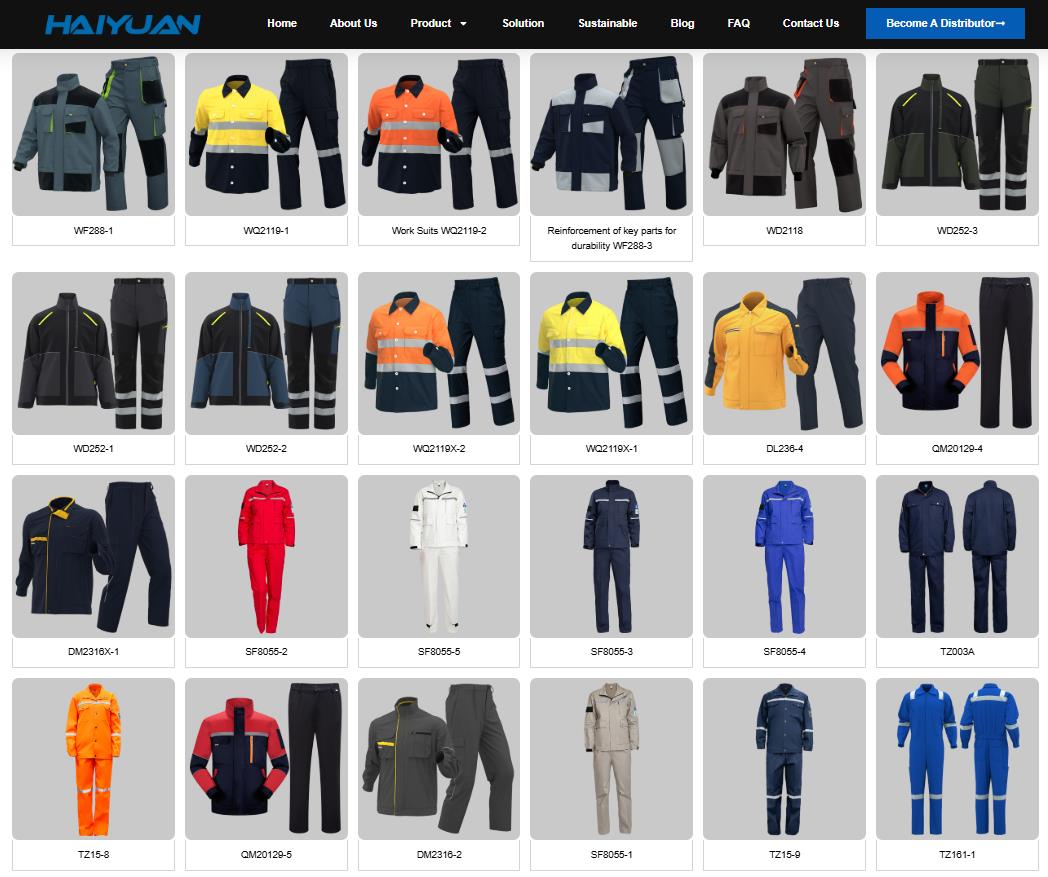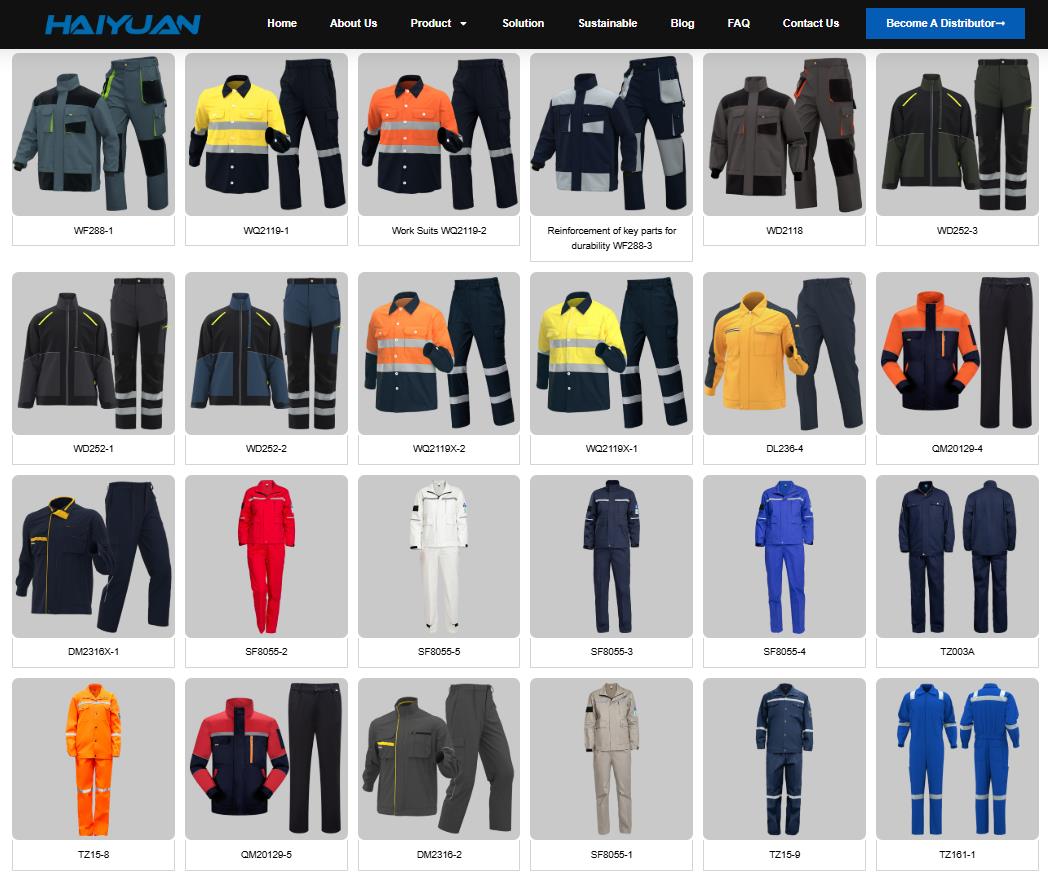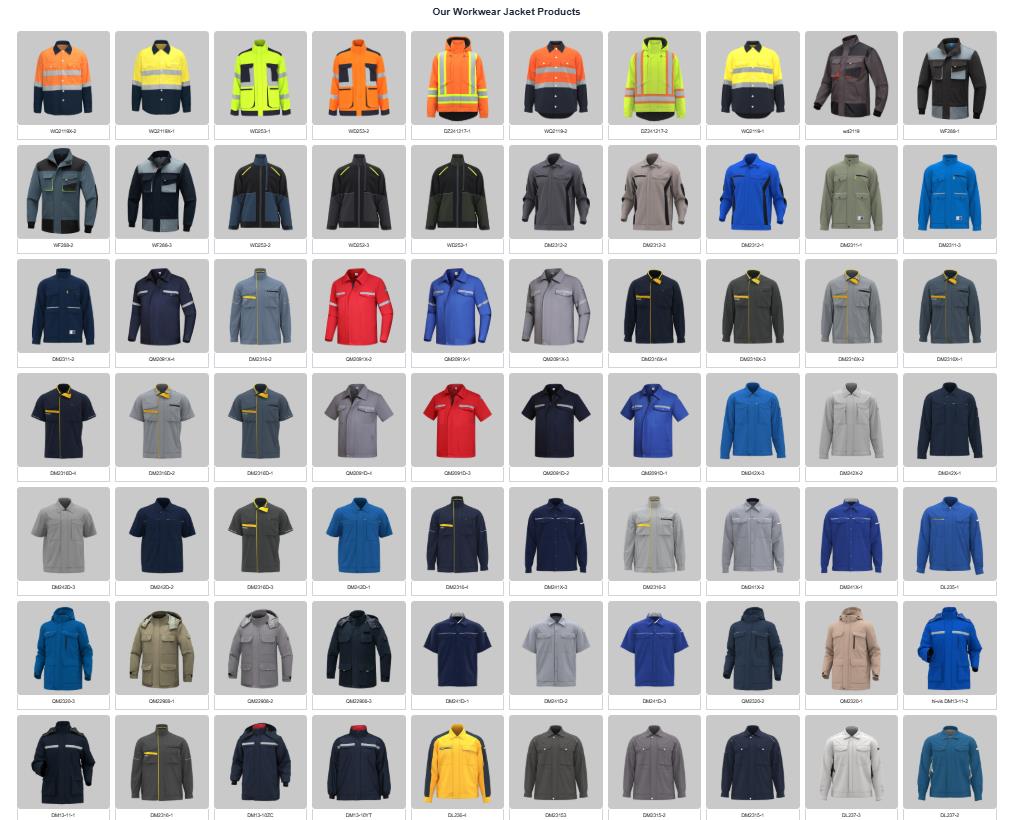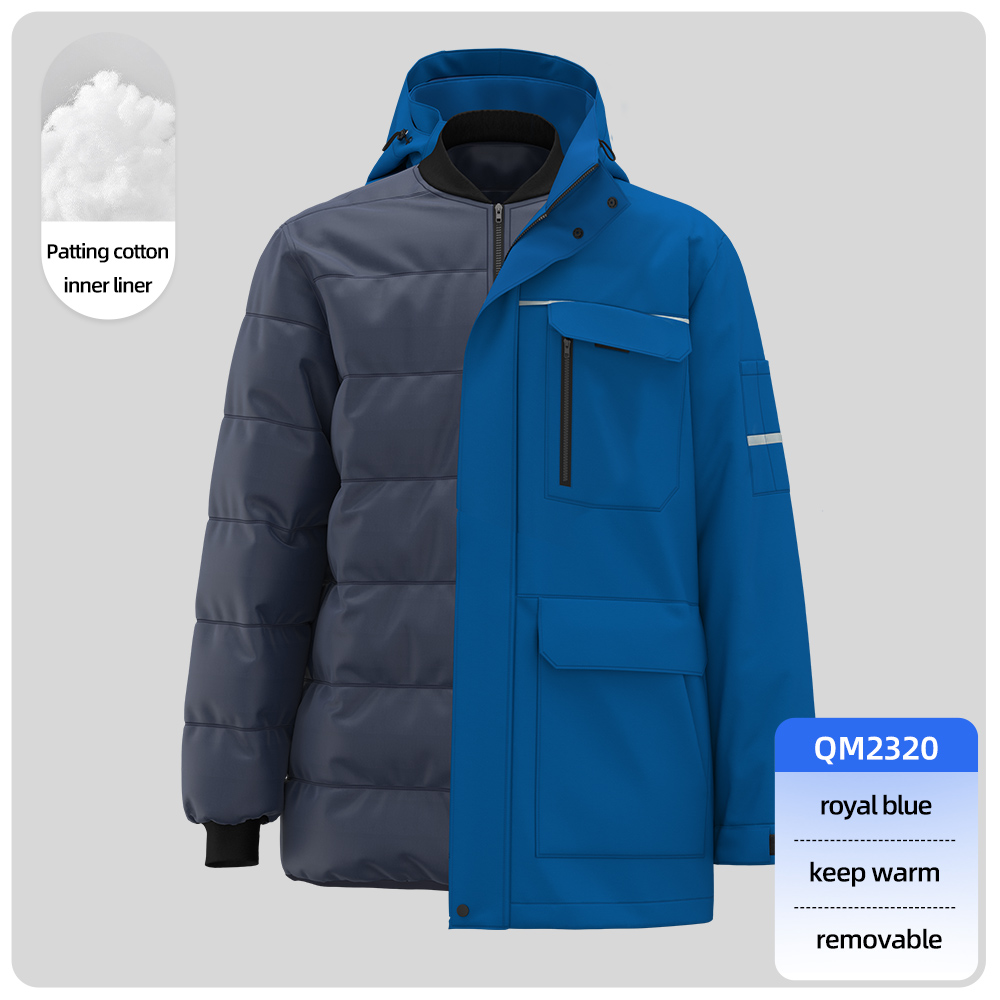When importing work clothes after purchasing them in China, you must strictly follow the customs supervision and commodity inspection process. The following are key steps and precautions, which are applicable to the reverse operation of exporting work clothes from China to other countries (such as Europe, the United States, Southeast Asia, etc.), or the scenario where foreign-funded enterprises ship work clothes produced in China to overseas headquarters:
Ⅰ. Necessary qualifications before import
Importer Qualification
The domestic consignee must have the right to import and export (10-digit code registered with the customs)
Open the electronic port system and apply for IC card
Product Compliance Documents
Certificate of Origin(Form E is applicable to ASEAN countries)
Quality inspection report(Comply with the standards of the importing country, such as the EU’s CE certification and the US’s CPSC regulations)
Non-dangerous goods declaration (for chemical fiber clothing)
Ⅱ. Detailed explanation of the entire import process
Phase 1: Trade contracts and logistics
| step | Operation points |
|---|---|
| Signing a contract | Clarify: FOB/CIF price terms, inspection standards (such as AQL 2.5), intellectual property ownership (if including brand logo) |
| Booking and delivery | Container type recommendation: For light cargo, choose 40HQ high cabinet (volume about 76m³) |
| Buy insurance | All Risks + War Risks insurance, with the insured amount ≥ 120% of the cargo value |
Phase 2: Core links of customs clearance
Goods arrive at the port
Bill of lading
Customs declaration pre-entry
Customs document review
Tax payment
Inspection/release
Pick up goods
Key Actions:
Exchange of bill of lading: Exchange the bill of lading (B/L) with the shipping company for the delivery bill (D/O)
Customs declaration materials (7 essential items):
commercial invoice(Commercial Invoice)
Packing List
Copy of bill of lading
Certificate of Origin
Textile ingredient label (fiber content % must be marked in Chinese and English)
Import license (required in some countries, such as Indonesia SPI certification)
Import declaration form (fill in the 8-digit HS code, such as work clothes usually start with 6203/6204)
Customs valuation:
If the declared price is lower than the price in the customs database, a payment certificate is required
Check the risks:
The rate of unpacking inspection is about 3%-5%, with emphasis on labels, ingredients, and quantity.
Stage 3: Tax Calculation
| Taxes | Calculation formula | Example (assuming the value of the goods is $10,000) |
|---|---|---|
| tariff | CIF price × tariff rate | $10,000 × 12% (cotton workwear) = $1,200 |
| VAT | (CIF price + tariff) × 13% | (10,000+1,200) × 13% = $1,456 |
| Consumption Tax | Only for high-end clothing (≥¥10,000/item) | Normally work clothes are exempted |
| total | About 25%-30% of the value of the goods | Total taxes for this example:$2,656 |
📌 Tax rate reference:
Tariff on cotton work clothes: 0%-10% (most-favored-nation rate)
Tariff on chemical fiber protective clothing: 8%-12%
VAT unified at 13% (2023 standard)
Ⅲ. Special regulatory requirements
Textile quotas:
Export to the EU requires an export license (issued by the Ministry of Commerce of China)
The United States imposes quantitative restrictions on some categories (such as 349/649)
Technical barriers:
EU: Need to pass REACH regulations (testing azo dyes and formaldehyde content)
United States: Provide CPSC Declaration of Conformity (Fire Retardant Test: 16 CFR 1610)
Japan: PSE mark is required (anti-static work clothes)
Label rectification:
Labeling in the language of the importing country: ingredients, care symbols, safety warnings (such as EN ISO 13688 standard)
Ⅳ. Three strategies to reduce costs
Leveraging free trade agreements
If RCEP member countries (ASEAN/Japan/South Korea/Australia and New Zealand) provide tariff reductions, a certificate of origin must be submitted
Choose bonded logistics mode
Goods are stored in the bonded area, and customs clearance in batches can delay tax payment (bonded warehouse qualification application is required)
Classification optimization
Functional workwear (such as arc protection clothing) is classified in Class 6307 (other manufactured goods) and may be taxed at a lower rate than ordinary work clothes.
V. Risk Prevention and Control Checklist
| Risk Type | Solution |
|---|---|
| Demurrage | Pre-check documents 3 days before arrival at the port to ensure customs clearance ≤ 72 hours (free cabinet period is usually 7 days) |
| Classification dispute | Apply for customs pre-classification in advance (cost about ¥500, valid for 1 year) |
| Quality return | SGS inspection is carried out before shipment (sampling is carried out according to AQL 2.5 standard), and the party responsible for return shipment is indicated in the contract. |
| Exchange rate loss | Use forward exchange lock (bank) or RMB cross-border settlement (CIPS) |
Operational suggestions:
For the first import, it is recommended to entrust an AEO advanced certified customs broker (such as Sinotrans and Kerry EAS), whose customs clearance inspection rate is 50% lower than that of ordinary companies. For work clothes with high protection levels (such as chemical protective clothing), be sure to confirm in advance whether the regulations of the importing country have been updated – for example, the new EU PPE Regulation (EU) 2016/425 in 2023 has added biohazard protection requirements.





